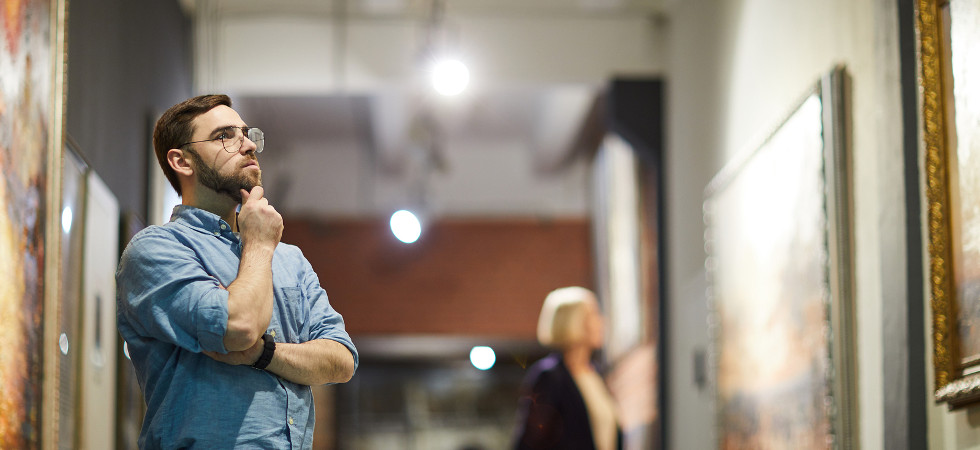The art market can be quite complex and is unregulated, so it is crucial to get the right advice when considering buying or investing in art.
With this in mind, we spoke to Ty Murphy, an international fine art advisor to clients from the family office space and UHNWIs. He is the billionaires’ choice when it comes to art advisors as his speciality is “Due Diligence on Fine Art Transactions”.
He is a regular guest speaker at private banking, family office and wealth management events and is a publisher and contributor to several magazines and publications. Ty is also the current UK Chair of the Global Fine Arts Awards (GFAA) which recognises the best-curated art and design exhibitions and installations at leading museums around the world.
Q: Can you tell us a little about the basics of what an art advisor does?
A: The Art Advisor represents the Clients interests and not their own and is not an art dealer nor a broker. The role primarily involves researching and obtaining as much information as possible about an art transaction, the artwork and the buyer or seller. It also includes due diligence on issues such as provenance and attribution, historical analyses, forensic examination, price research, collection management, insurance, storage, transportation, and so on.
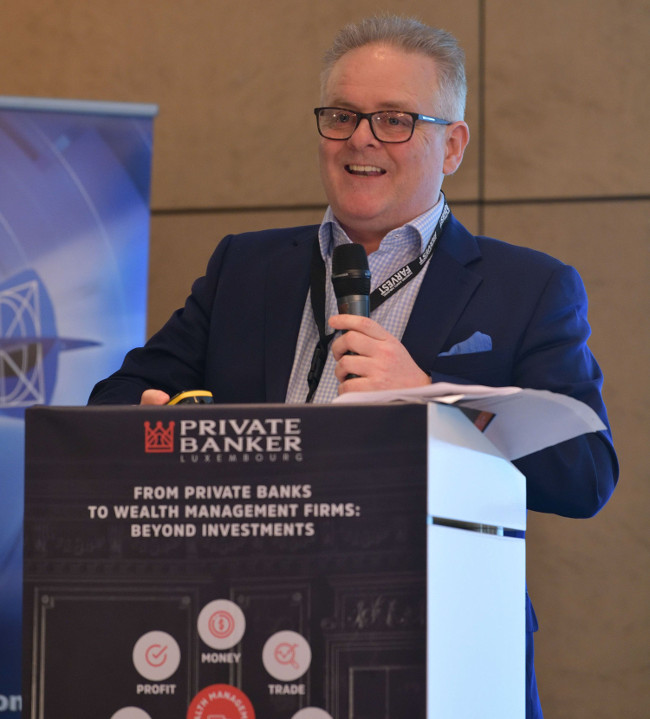
Q: When buying or investing in art, why is due diligence in the art transactions so necessary?
A: The art market has very little regulation to speak of and for the unsuspecting art buyer or investor, it can be a minefield. One of the most common issues is unscrupulous brokers or multiple undisclosed intermediaries who put large commissions on art deals. This is a term that is referred to as “top ending”. The art world also has many fakes and for an unsuspecting collector or investor, it is best to think before you buy.
Q: What happens when a fake is suspected?
A: The first step in the process when a fake is suspected is an art advisor would ensure that the appropriate experts are available to conduct a scientific analysis of an artwork. This will normally expose a fake very quickly; the advisor can also contact the relevant expert for a specific artist and examine the provenance in detail.
Q: Why would an art investor or collector need an art advisor?
A: It is very simple, would you buy a Private Jet, a yacht or property without conducting due diligence or getting reports from the respective experts?. The art-world is no different, get the right advice and minimise the risk as you would do with any other asset. This is why taking advice from an art advisor is important as they will conduct due diligence that will protect the interests of a client.
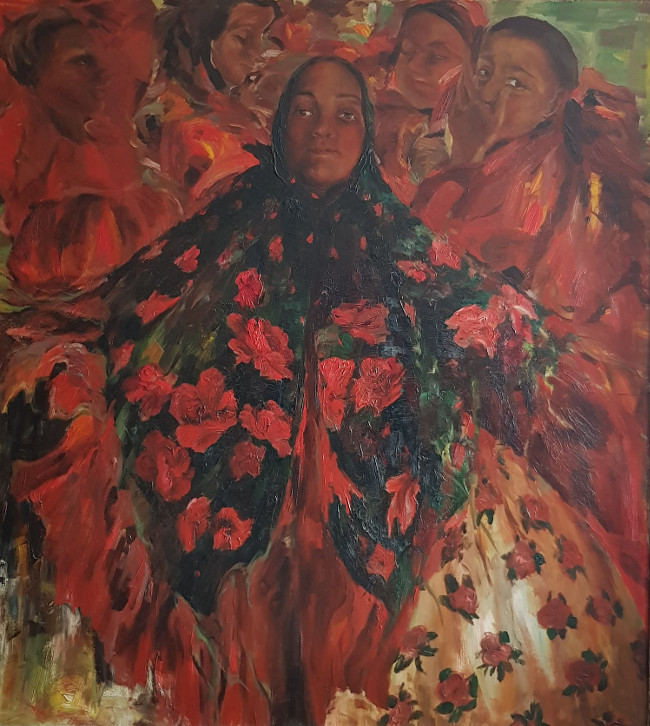
Q: Is there any examples of past cases and incidents that would demonstrate this?
A: Yes, an interesting example that can be used to emphasise why due diligence in art transactions is so important is the “Bouvier-Rybolovlev Affair”.
A Russian billionaire, Dimitry Rybolovlev accused the art dealer and advisor, Yves Bouvier of defrauding him of several hundred millions of dollars for the sale of 37 paintings. While this particular case is one of many, it brings to the forefront a fundamental issue. Was Yves Bouvier acting as an Art Advisor with a duty of care to his client or as an art dealer, buying and re-selling art with no such duty of care?.
One of the paintings alleged to have been sold by Yves Bouvier to Dimitry Rybolovlev at an inflated price was the Salvator Mundi by Leonardo da Vinci. However, in 2017, Christie’s New York sold it for a record-breaking $450m.
Q: What is “The Responsible Art Market Initiative”?
A: “The Responsible Art Market Initiative” is a process that sets out a clear set of guidelines on due diligence checklists for an art transaction, the client and the artwork. The client’s role in the transaction must always be checked as there are so many intermediaries or brokers who offer art for sale when they have no legal right to do so.
All art advisors should be fully aware of this Initiative and it is quite a comprehensive process. As part of the checklist process, information is gathered about the seller, company or trust to identify the ultimate beneficial owner or artwork. The process also has a red flag checklist to identify potential issues.
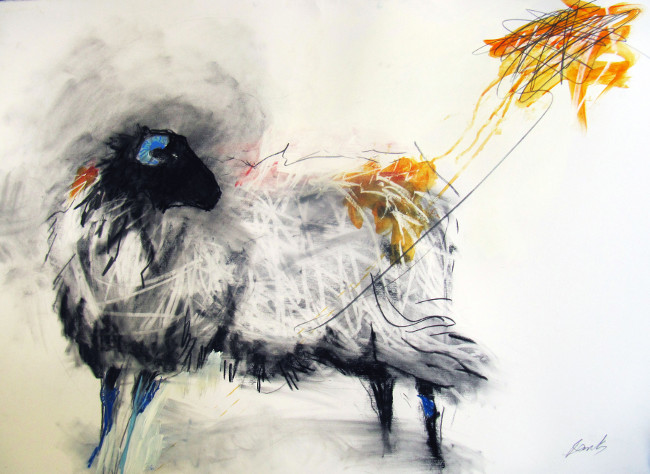
Q: Where is the best place to buy art for someone starting a collection?
A: You can buy acquire art from many sources, some very reputable, many are not. You can choose to purchase art from “up and coming artists”, “established artists” or “blue-chip artists” depending on the clients taste and budget.
Buying art from an art dealer may be a pleasant experience. However, some dealers may not give you the best advice and may steer you towards a work that is not what it seems or overpriced. An art advisor will be able to tell you very quickly if its a good deal.
Then there is the auction house route; this can be fraught with difficulties as some auction houses operate strategies and tactics such as chandelier bidding and third party guarantees.
You can also buy art from galleries. This may be a good experience for some; however, a gallery needs to sell you their inventory or artwork from an artist that they represent. It is very unlikely they will send you to a competitor.
You can also buy directly from a collector. However, any undertaking given by a private collector concerning authenticity is not coming from an art professional. If you buy a fake via this route, you have little recourse as any sales agreement may not be legally binding.
Any legitimate gallery, dealer or auction house should have no objection to you speaking to an art advisor. To avoid any of the pitfalls, take the advice of an art advisor.
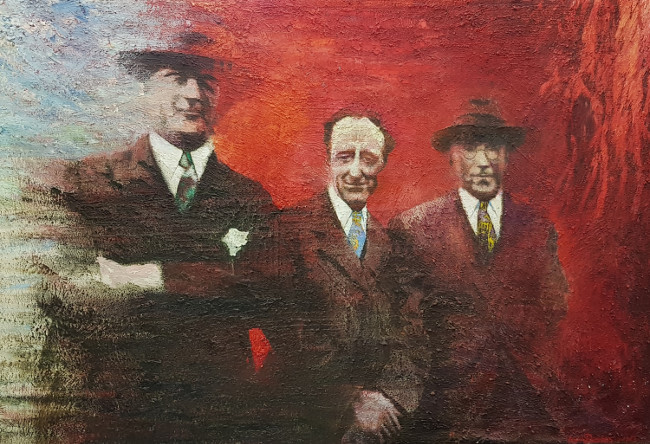
Q: What are the fees for the services of a fine art advisor?
A: The fees usually associated when acting for a client on a private sale is 10%, and for an auction, it is 5%.
For more information, contact DOMOS Art Advisors
Web: domos.uk
Email: info@domos.uk
Tel: +44 (0) 207 193 8870












